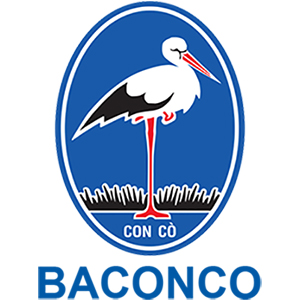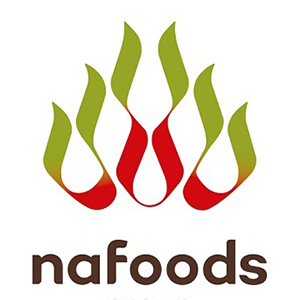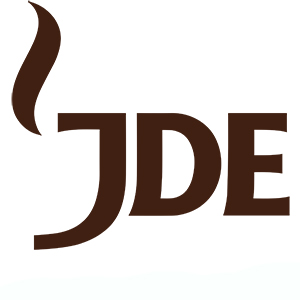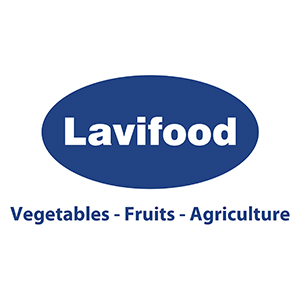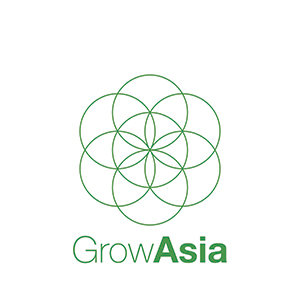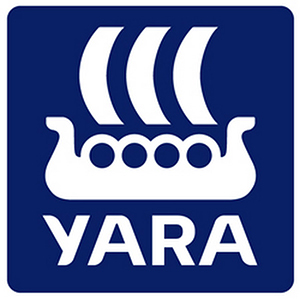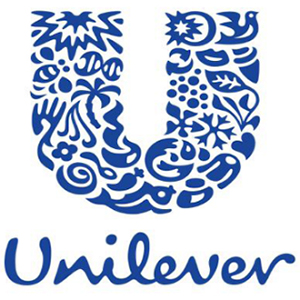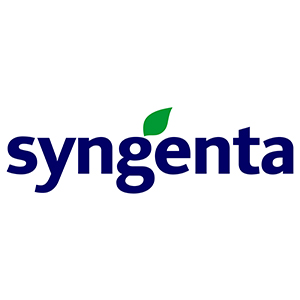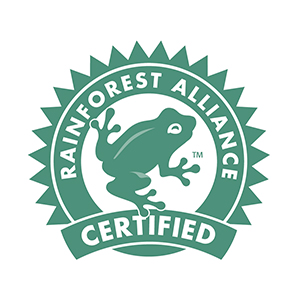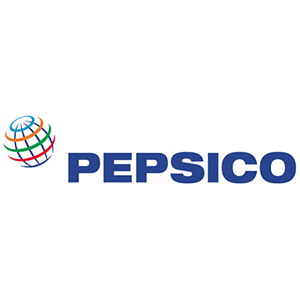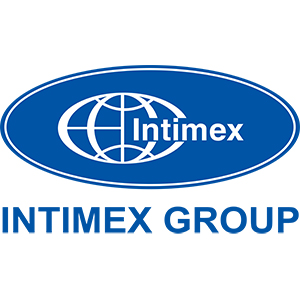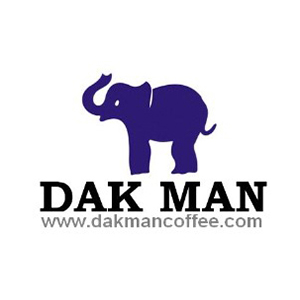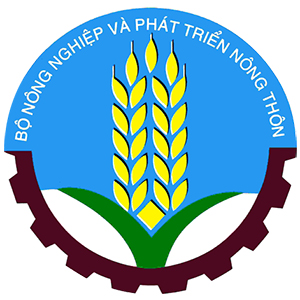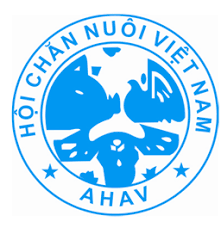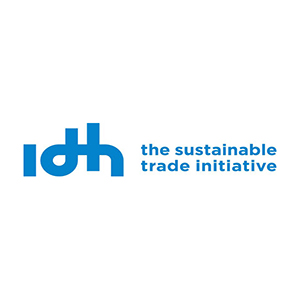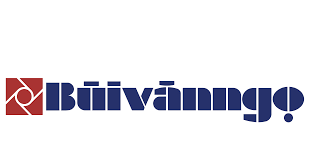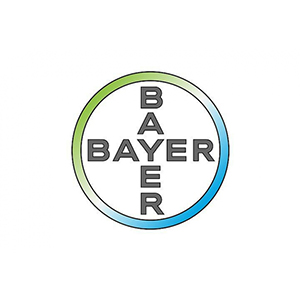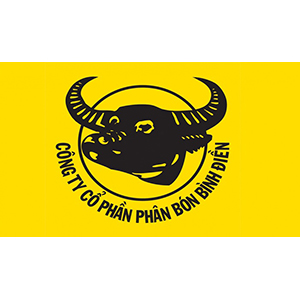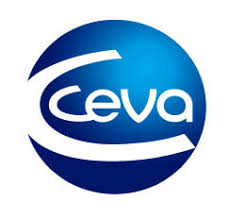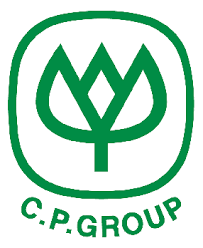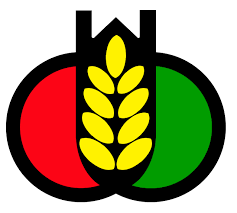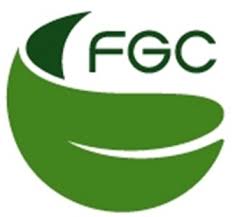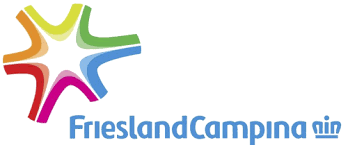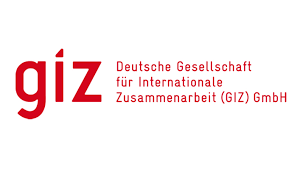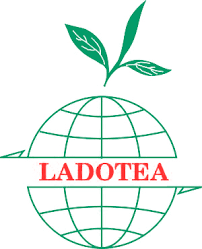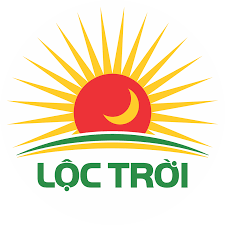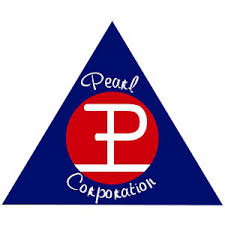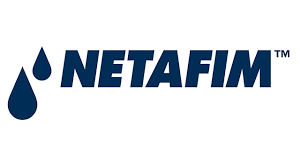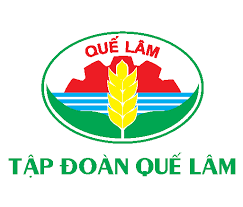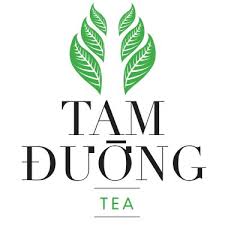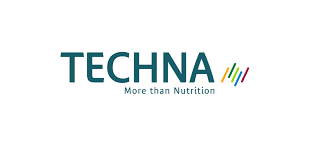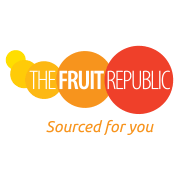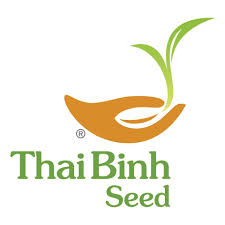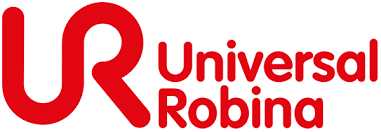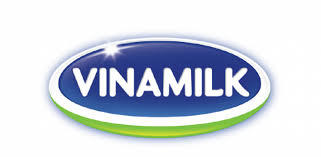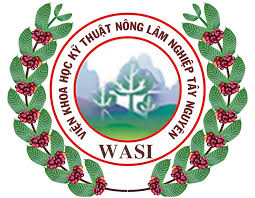- Giới thiệu
- Nhóm Công tác
- Tin tức
- Thông tin về FTA
- Tài Liệu
- Sự kiện
- Liên hệ
Preliminary results on piloting the mechanism of land accumulation: Harmonizing benefits
Deputy Prime Minister Trinh Dinh Dung directed two provinces Thai Binh and Ha Nam to pilot the mechanism of land accumulation to attract investment in large-scaled agricultural production. This is an institutional breakthrough in the process of agricultural restructure, while forms a modern agriculture where farmers can enjoy the maximum benefits.
In Thai Binh, land accumulation is carried on by mobilizing people to authorize the local government to sign contracts with businesses to lease land for agricultural production for the period of 20 years or more. The rent depends on characteristics of each ecological region, production conditions such as land fertility, transportation conditions, etc. and is adjusted every 5 years on the principle of harmonizing benefits between lessors and lessees. Through this mechanism, by the end of 2016, Thai Binh accumulated 9,714 hectare, of which the area for lease and land use right transfer was 3,292 hectare, while the area for linked production was 6,442 hectare. Currently, there are 36 organizations and 343 individuals involved in land accumulation in two forms: land lease and land use right transfer.
Assessing land accumulation forms in Thai Binh, Pham Van Dung, Director of Thai Binh Department of Agriculture and Rural Development said that the form of land lease could create an enough large area to facilitate the development of agricultural and hi-tech mechanization in the direction of concentrated production without leading to land speculation due to no land limit policy. The rent was based on the agreement between lessors and lesser, as well as land conditions and location. However, the difficulty of this form was mobilizing various households to re-lease their land use rights at the same time to accumulate enough area for projects. That was what businesses required the local government to meet in order to run their projects.
In Ha Nam, land accumulation is carried on in the form that commune-level or district-level governments sign lease contracts with households, while the provincial government signs lease contracts to businesses at the farmers’ prices. Businesses have to pledge not to use the land for any purpose other than agricultural production. According to Vice Chairman of Ha Nam People’s Committee, Truong Minh Hien, that the local government rents land of the people was a way to create trusts for those who had land for rent, as well as for businesses investing in agriculture with a guarantee from the local government. However, that form was so new that no legal documents regulate. Ha Nam’s breakthrough efforts yielded positive results. A number of major corporations leased land for their hi-tech agricultural production. Up to now, there are 4 hi-tech agricultural zones with the total area of more than 500 hectare, attracting established corporations to invest, such as Green Viet Nam Company using Japanese technology; VinEco (under Vingroup) using Israeli greenhouse technology; Vietnam National Seed Corporation – Vinaseed, etc.
Tin liên quan
Plant health management helps increase coffee yield up to 15%2025/10/16
An Giang to host 2025 OCOP forum for sustainable development2025/09/25
Viet Nam and France foster cooperation on blue economy and sustainable environment2025/09/29
Agriculture and Environment exhibition ready for National celebration2025/08/27
Vietnam to transfer 1 million tons of carbon credit the World Bank2025/08/29



 Điều lệ hoạt động
Điều lệ hoạt động
